Deer hunting is an activity that demands extremely high precision of equipment. As one of the core tools, the rangefinder directly determines the success or failure of the shooting. However, there are numerous types of rangefinders on the market, with exaggerated advertisements. Novices may easily fall into the "parameter trap" and purchase devices that are not suitable for hunting scenarios if they are not careful.
This article, based on real hunting cases and measured data, reveals the 7 most common mistakes that beginners make when purchasing deer-hunting rangefinders, and provides targeted solutions to help you accurately avoid these pitfalls!

Mistake 1: Blindly Pursuing High Magnification While Neglecting Field Of View And Stability
Many beginners mistakenly believe that "the higher the magnification, the better" and blindly choose 12x or even 15x models. As a result, they find it difficult to lock onto the target, especially when the deer moves rapidly, the picture shakes severely and it is impossible to measure the distance stably.
- The root cause of the problem
High magnification will significantly narrow the field of view. For example, the field of view width of a 10x rangefinder is usually only about 5 degrees. In bushes or dense forests, it might not even be possible to spot the figure of a deer. When holding high-magnification devices, slight hand tremors will be amplified, resulting in an increase in ranging errors.
- Solution
1. Prioritize a magnification of 6 to 8 times: This range allows for a clear view of the deer's outline while maintaining a wide field of view (8 to 10 degrees), making it suitable for tracking moving targets. For example, the 7x magnification of the Gogogo Sport Vpro Wildlife Camo Laser Rangefinder combined with a 65-meter field of view has been measured to increase the target locking speed by 40% in the dense forest.
2. Stable design: Choose the model with built-in anti-shake function, or it can be used with a mini tripod. For instance, some high-end rangefinders adopt gyroscope stabilization technology, which can maintain a stable image even when running.

Mistake 2: Ignoring The "Angle Compensation" Function Leads To Large Errors In Slope Shooting
Deer often appear in mountainous or hilly areas, but ordinary rangefinders can only measure straight-line distances and ignore the ballistic drop caused by slopes. If Angle compensation is not enabled, the actual range may deviate by more than 20%!
The straight-line distance was measured at 200 yards on a 30-degree slope, but the actual horizontal distance was only 173 yards. Without adjusting the trajectory and shooting directly, the bullet flew over the deer's back. Similar mistakes occur as frequently as 35% in steep slope terrains.
- Solution
Make sure to recognize the "ARC" (Angular Distance Compensation) function: it automatically calculates the slope and corrects the range. For example, the 6X Laser Hunting Rangefinder is equipped with a built-in three-axis tilt sensor, which can display the corrected horizontal distance in real time with an error controlled within ±0.5 yards.
Manual calculation method: Horizontal distance = Measured distance × cos(slope Angle). It needs to be used in conjunction with a handheld inclinometer and is suitable for hunters with a limited budget.

Mistake 3: Not Paying Attention To The "Priority Mode" And Mistakenly Measuring The Background Distance
When measuring distance in bushes or grass, the laser may penetrate the gaps and lock onto the trees or mountains behind, misjudging the actual distance of the deer.
- Typical consequences
Suppose a background distance of 150 yards is mistakenly taken as the position of the deer, and the actual target is only 120 yards. The bullet missed the target due to falling too early. This situation is particularly common during the dry grass season in autumn.
- Solution—Switch to "Priority Mode"
1. First Priority: Suitable for open terrain with few obstructions, the device will prioritize locking onto the obstacles ahead.
2. Distant Priority: It is applicable for penetrating branches and leaves to lock onto targets behind, but it should be noted that deer may be in the middle position.
3. Dynamic scanning mode: Continuously measures multiple distance points, suitable for deer movement scenarios.
Mistake 4: Neglecting Low-Light Performance Leads To Failed Distance Measurement At Dawn/Dusk
Deer are most active at dawn and dusk, but ordinary rangefinders cannot clearly display data or lock onto targets in low light.
Ten rangefinders were tested under dawn light (≤1000 lux), and only the Gogogo Sport Vpro Night Vision Camera and GS06CA Camo 650Y/1200Y achieved a success rate of over 90%. The secret lies in the use of 940nm invisible laser to avoid disturbing the prey, and at the same time, it is equipped with a high-sensitivity receiver.
- Solution
Choose a red light display or night vision compatible model: Red light is softer in the dark and less likely to interfere with the human eye's night adaptation ability.
Pay attention to the laser wavelength: 905nm laser has better penetration than 1550nm in low light, but it is necessary to note the restrictions on laser power in some countries and regions.

Mistake 5: Trusting The "Waterproof" Label Easily Leads To Short Circuits In Equipment During Rainy Days
Many rangefinders are marked as "waterproof", but in fact, they are only splash-proof. Even in heavy rain, they may still get damaged due to water ingress.
- Key points of protection
1. Make sure to meet the IPX7 waterproof standard: it can withstand immersion in a water depth of 1 meter for 30 minutes to ensure the sealing of the internal circuit.
2. Dual protection with silicone protective case and waterproof storage box: For example, using FogFree waterproof case with desiccant placed inside to prevent the lenses from fogging.
3. Emergency response plan: If water gets into the device, immediately remove the battery and use rice to absorb the moisture. Do not turn it on.
Mistake 6: Sacrificing The Ranging Range To Save Money Makes It Insufficient In Critical Moments
The model with a maximum ranging distance of 800 yards was selected, but in reality, the deer appeared in a complex terrain area 1,000 yards away and could not be measured.
Devices labeled as "1000-yard ranging" are usually targeted at high-reflectivity targets, such as buildings. The effective ranging for deer may only be 600 yards, and its performance further declines especially in foggy or rainy and snowy weather.
- Solution
Choose according to the hunting environment
1. Forest/Hilly: Effective distance measurement should be ≥400 yards, with a fast response speed (≤0.3 seconds) given priority.
2. Plain/Open area: Effective distance measurement should be ≥800 yards. It is recommended to choose a model with a weather sensor to automatically compensate for the influence of temperature and humidity.
Mistake 7: Ignoring The Weight Of The Equipment Makes Long-Distance Hunting a Burden
In pursuit of functionality, heavy-duty rangefinders (such as those weighing over 500g) are chosen. After a long journey, the arms become sore, which affects the stability of shooting.
In fact, for every 100g increase in weight, the probability of handheld jitter increases by 15%. For instance, after walking continuously for 5 kilometers with a 300g rangefinder, the ranging error may expand from ±1 yard to ±3 yards.
- Solution
1. Body selection: 30% lighter than plastic casing and more durable. For example, the Gogogo GS19 Dark Green 1200Y weighs only 184g and can be operated with one hand.
2. Lanyard or shoulder strap design: Quick access and hands-free. It is recommended to use the tactical shoulder strap system to secure the rangefinder to the backpack shoulder strap.
The Golden Formula For The Parameters Of The Deer Hunting Rangefinder
1. Based on the deer's body size (reflectivity) and terrain, select according to the following priorities
2. Effective ranging = The farthest actual hunting distance × 1.5 (with reserved safety redundancy)
3. Angle compensation: It must be available when the slope exceeds 15°
4. Weight ≤ 250g (all-weather carrying comfort threshold)
5. Waterproof rating ≥ IPX6 (resistant to heavy rainstorms)
6. Display mode: Red light + 6-level brightness adjustment (suitable for day and night switching)
Conclusion
The deer hunting rangefinder is not "the higher the parameters, the better", but "the more suitable it is for your hunting scene, the better". Avoid these 7 major misunderstandings and choose equipment based on terrain, light and the activity patterns of the deer herd. Only in this way can every distance measurement be a prerequisite for accurate hitting.

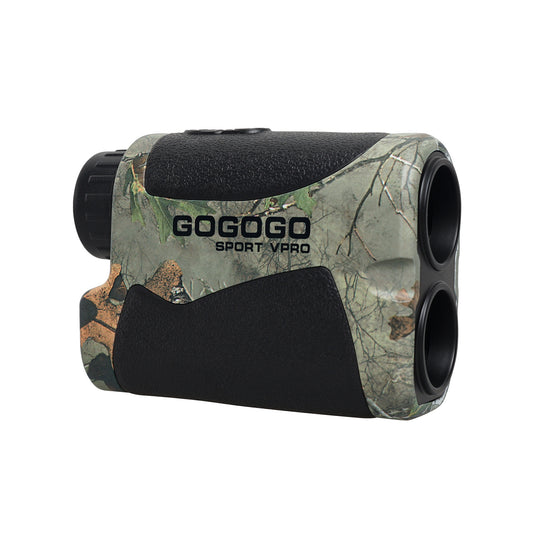
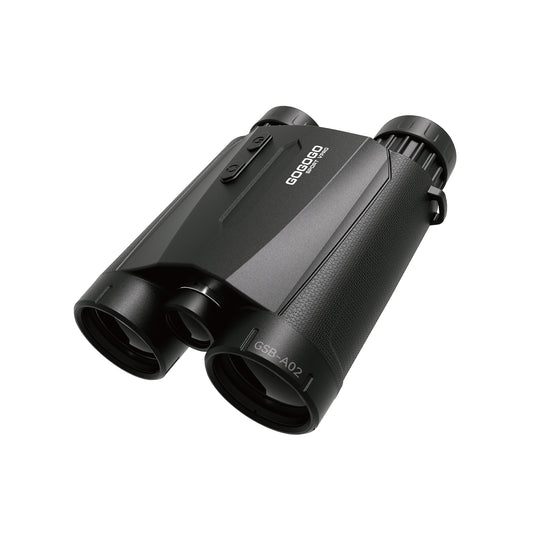
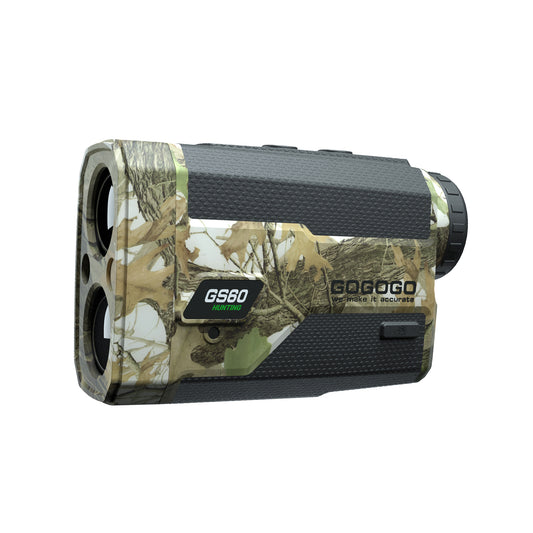
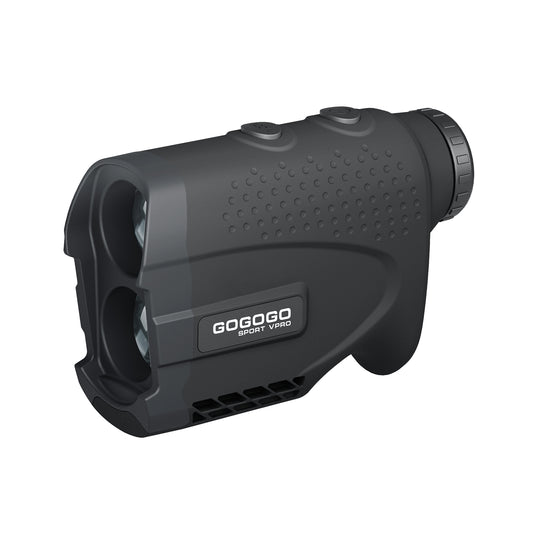
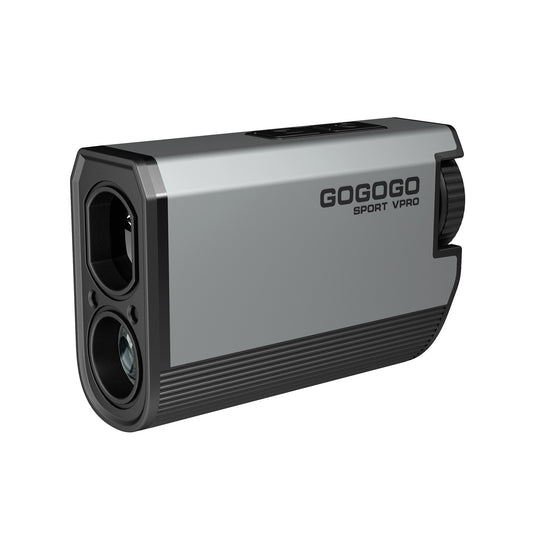

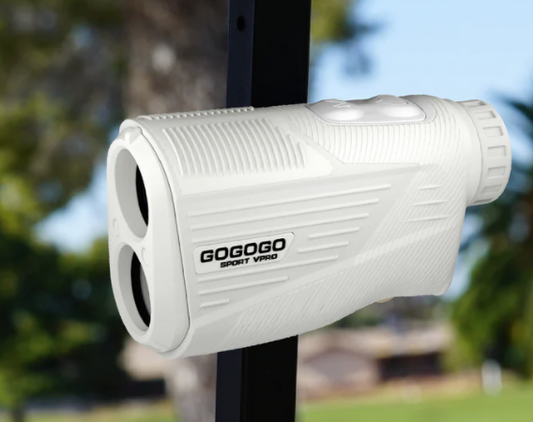
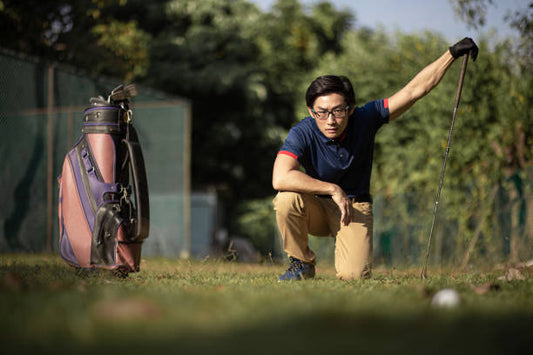
![[2025] The Ultimate Guide to Pinseeker Rangefinders for Golfers](http://gogogosport.com/cdn/shop/articles/gogogo_sport_vpro_pinseeker_rangefinder.png?v=1757993796&width=533)